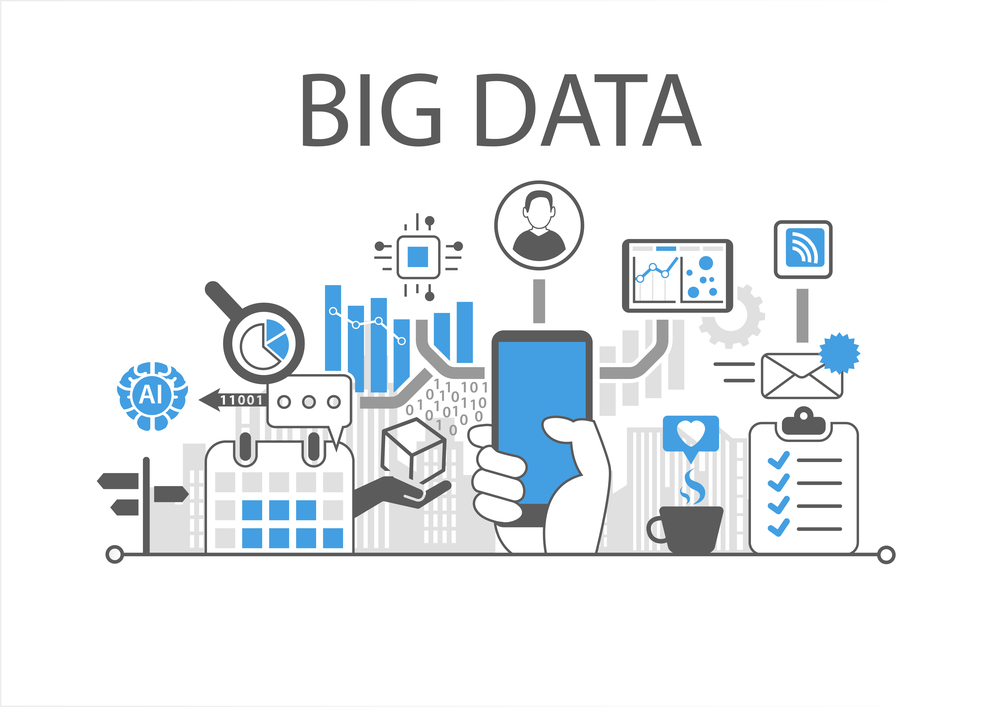L'Oréal Brandstorm 2026
How exactly do data scientists handle Big Data?

What is Big Data?
Once the World dived into the pool of Big data, the need to store the acquired data popped up. This was a primary concern, building tools and frameworks for storage of data. But when software like Hadoop came into the picture, the storage issues resolved. However, this data, the new Oil, couldn’t benefit any of us if we weren’t aware of what exactly it contained. Thus, the need to handle Big data emerged. This led to a rise in the field of Data Science and Analytics.
Data science is an umbrella term, closely linking a number of sub-fields. Machine learning, data manipulation, data visualization are a few branches of this magnificent tree. Characteristic features of this subject primarily include mathematical and statistical implementation. Dealing with large amounts of data, Data Scientists are professionals who are responsible for organizing and analyzing structured and unstructured data.
This huge amount of data is handled with tools and programs, some of which are specifically meant for this purpose. Different functions require different tools. Data scientists work with a number of programming languages, frameworks and libraries depending upon the function they need to deal with. In addition, to ease their work, data scientists and analysts use a number of tools.
Data Scientists' approach for handling Big Data
Data professionals commonly use a few such tools. For instance, for mathematical computation, working with tools like Scipy, Mathplotlib, Numpy, Theano, RapidMiner comes into the picture. For machine learning, AI and deep learning, there are specific tools like TensorFlow, Torch, Scikit learn and OpenCV. Data visualization and analytics, on the other hand, use tools like Tableau, Knime and Orange.
Considering the recent trends in data science and analytics, a sub-field of this list emerged. The most popular tools in the AI and analytics industry were R, TensorFlow, Spark, Python, and Apache MXNet. While AWS EMR, AWS Glue, and Sagemaker found major usage in the cloud market.
Other common tools used for machine learning were Sci-Kit Learn, for deep learning and AI was mostly Keras, TensorFlow, and PyTorch. On the other hand, for data manipulation, Pandas and Numpy stood out where numerical calculations were concerned.
Selecting an appropriate tool for handling Big Data is a challenging process. Data scientists often face issues in the pre-processing and preparation phases. Especially, because they deal with an enormous amount of trash sensor data. To ensure that the tool or algorithm they have selected fulfills their criteria, they very often create a prototype on sample data. They then check the behaviour of a couple of tools. Another problem encountered by professionals was in regard to the complexity of interface possessed by these tools.
It is thus, advisable for data scientists to look into the business issue and select an appropriate tool accordingly.
Login to continue reading
And access exclusive content, personalized recommendations, and career-boosting opportunities.
Don't have an account? Sign up
















Comments
Add comment